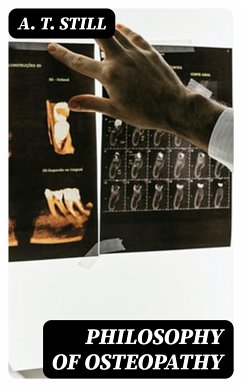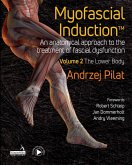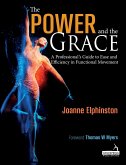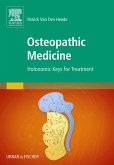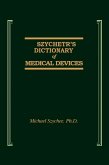In "Philosophy of Osteopathy," A. T. Still presents a groundbreaking synthesis of medical philosophy and practice that underscores the interdependence of the body's systems. Written with clarity and precision, this seminal work is an eloquent exploration of the principles that underpin osteopathic medicine, emphasizing the holistic approach to health and disease. Still's literary style combines a didactic tone with rich metaphor, effectively communicating complex ideas about anatomy, physiology, and the intrinsic healing power of the human body. Contextually, this book emerged during a time of burgeoning interest in alternative medicine in the late 19th century, positioning osteopathy as a revolutionary paradigm in healthcare. A. T. Still, known as the founder of osteopathy, was motivated by personal loss and a quest for a more effective medical approach after witnessing the limitations of contemporary medicine in treating his children's illnesses. His diverse background as a frontiersman, physician, and educator informed his innovative ideas, as he sought to integrate scientific rigor with a more compassionate understanding of the human experience. His conviction that structural abnormalities can lead to systemic issues ultimately led to the development of osteopathic principles that remain integral to the practice today. "Philosophy of Osteopathy" is a must-read for healthcare professionals, scholars, and anyone interested in the evolving landscape of medical practices. With its insightful critique of traditional medicine, this book not only lays the groundwork for osteopathy but also challenges readers to reconsider their understanding of health. Still's work invites a deeper appreciation of the body's unity and the importance of treating the whole person, making it an essential addition to any medical library.
Dieser Download kann aus rechtlichen Gründen nur mit Rechnungsadresse in A, B, BG, CY, CZ, D, DK, EW, E, FIN, F, GR, H, IRL, I, LT, L, LR, M, NL, PL, P, R, S, SLO, SK ausgeliefert werden.

